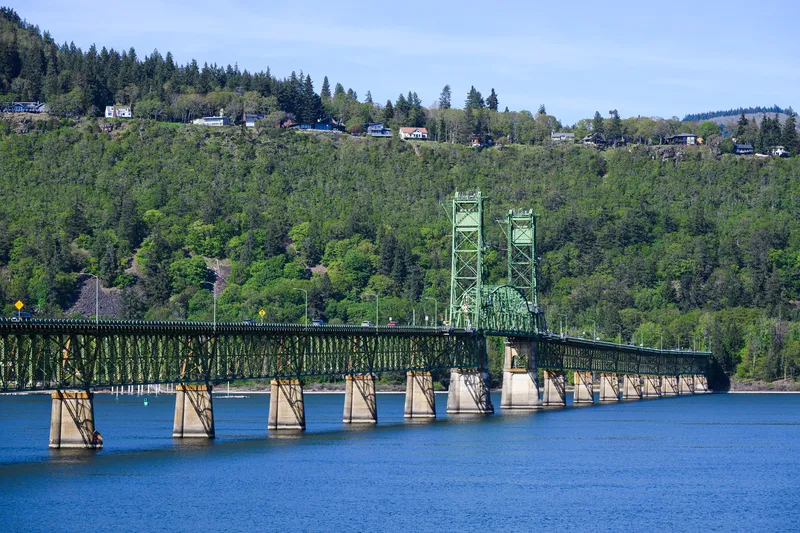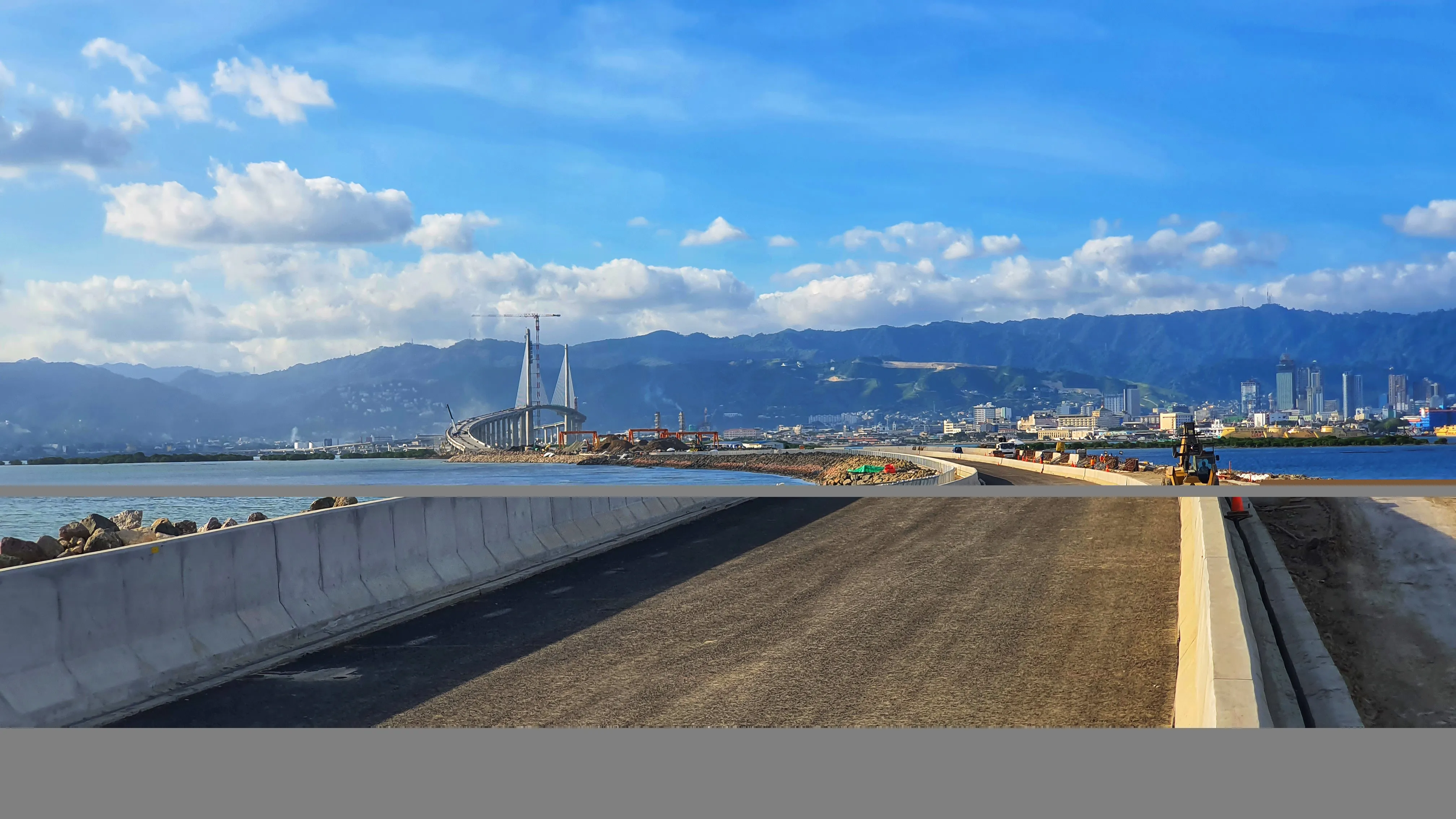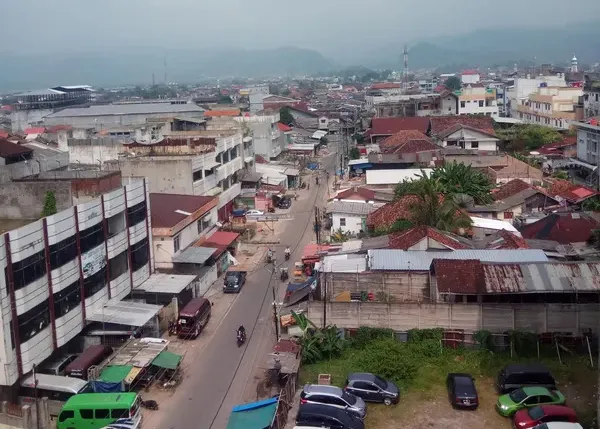
Both Oregon State and Washington State will provide $125 million each for the Hood River-White Salmon Bridge replacement project. In total, replacing the bridge is expected to cost $1.12 billion however. Some of the funding required for the project remains to be sourced. A request has been put to the US Department of Transportation’s Bridge Investment Program for an additional $532 million.
The bride spans the Columbia River between Interstate 84 in Oregon State and State Route 14 in Washington State. Built in the 1920s, the existing bridge is described as functionally obsolete and is no longer able to cope with traffic demand. Although it is classed as a primary freight route for the National Highway System, it is not suited to use by the large transport trucks it has to carry. Safety is a concern as the bridge does not meet current standards.
According to the Hood River-White Salmon Bridge Authority, the Hood River Bridge provides a critical connection for local communities. For commerce, it is a vital link between the agricultural heartland and the ocean ports in the Pacific Northwest. For locals, it is an essential link for daily access to jobs, childcare, school and medical services. However, the bridge is too narrow and near the end of its serviceable life and cannot accommodate the long-term transport needs of the area.
The nearby Port of Hood River has also described the existing bridge as posing a challenge to navigation for vessels and barges using the Colombia River for transport. Featuring 20 support piers, the bridge has a 75m-long central lift section that allows a clearance of 20m when lowered and 45m when raised. Weight restrictions on the bridge are in effect for heavy trucks, while there are no facilities for either pedestrians or cyclists. The bridge carries around 4 million vehicles/year on average.
The design phase for the project is due to start in September 2025, with the bridge completion expected in 2030. The replacement project has been planned for some time, having commenced initially in 2003, but has been delayed due to a lack of the necessary financing. Some of the necessary funding is being provided through a $105 million federal Transportation Infrastructure Finance and Innovation loan, which will be repaid by toll revenue.








